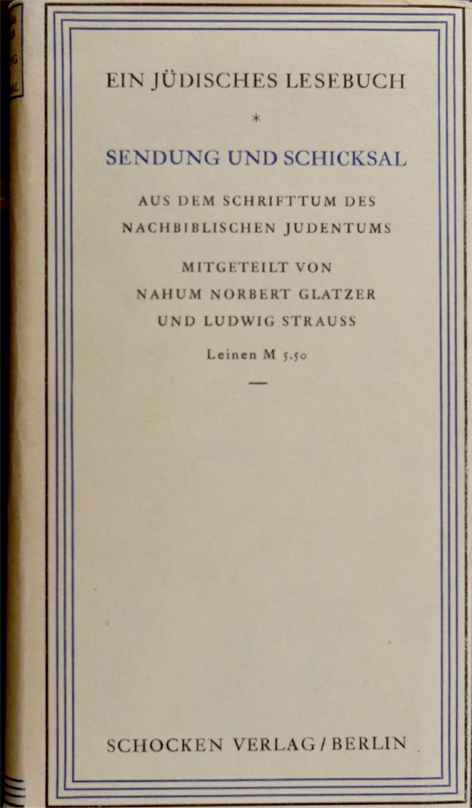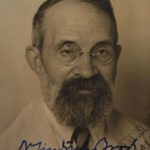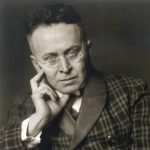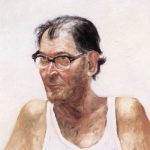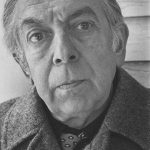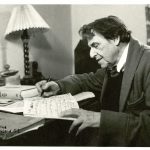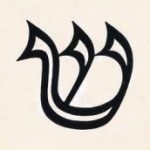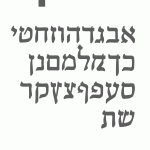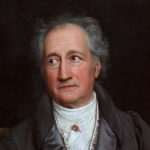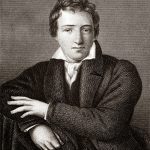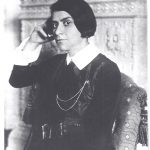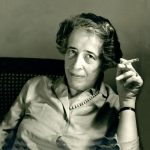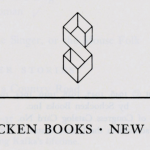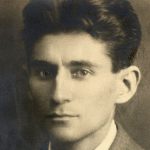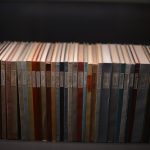Schocken Verlag
Schocken’s first publishing house – Schocken Verlag – opened in Germany in 1931. When Hitler rose to power in 1933, German publishers stopped publishing Jewish writers. Yet Schocken Verlag managed to persist until 1939, and became one of German Jewry’s most important cultural institutions. It published all the boycotted writers, including Kafka, Rosenzweig, Buber, Heine, Wolfskehl, and Rabbi Leo Baeck. Writing about the publishing house, Gershom Scholem said that “German Jewry had never brought together such a concentration of Jewish values as it did on the brink of its destruction through the Schocken Verlag.”
The publishing house walked a terrifying fine line between cultural freedom, on the one hand, and sheer survival, on the other. Lambert Schneider, an editor at Schocken Verlag, guided authors to use enough subtlety so that the Nazis “could not easily spot our resistance and seize us by the scruff of the neck, and so smartly that as many people as possible could read us before we are dragged before the tribunal.”
Throughout its operations, Schocken Verlag was known to publish the most beautiful Jewish books that came out of Germany. The book covers were designed by leading Bauhaus artists, the paper and bindings were top notch, and the fonts were exclusively designed by some of the world’s leading typographers.
Between 1934 and 1938, the director of Schocken Verlag was Dr. Morris (Moshe) Spitzer, a master graphical designer and Sanskrit scholar.
